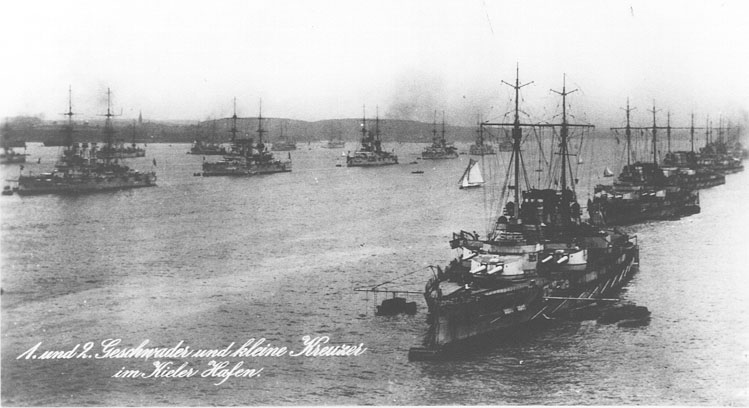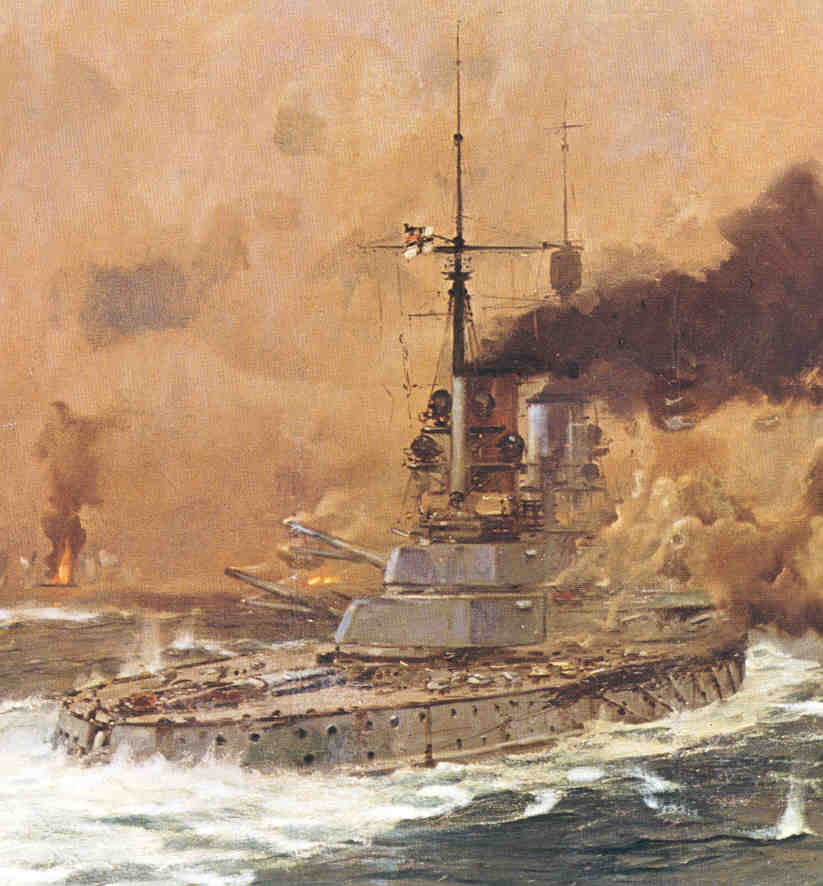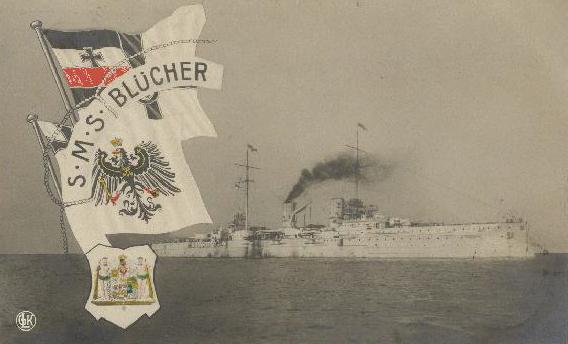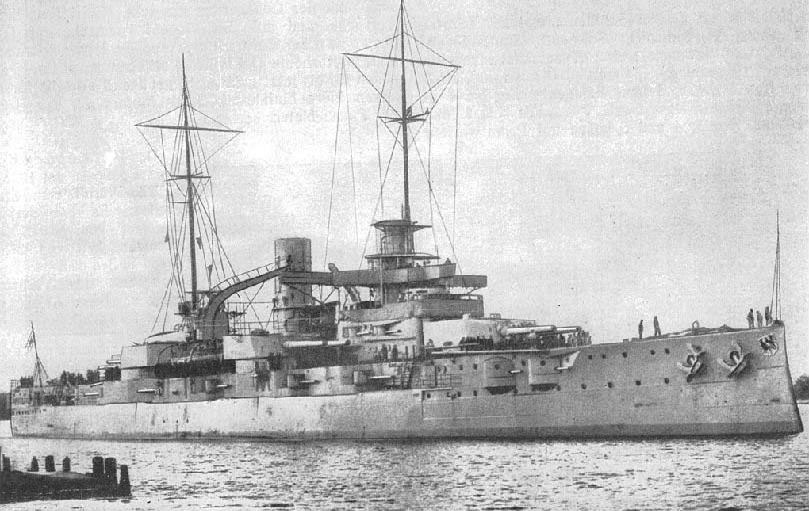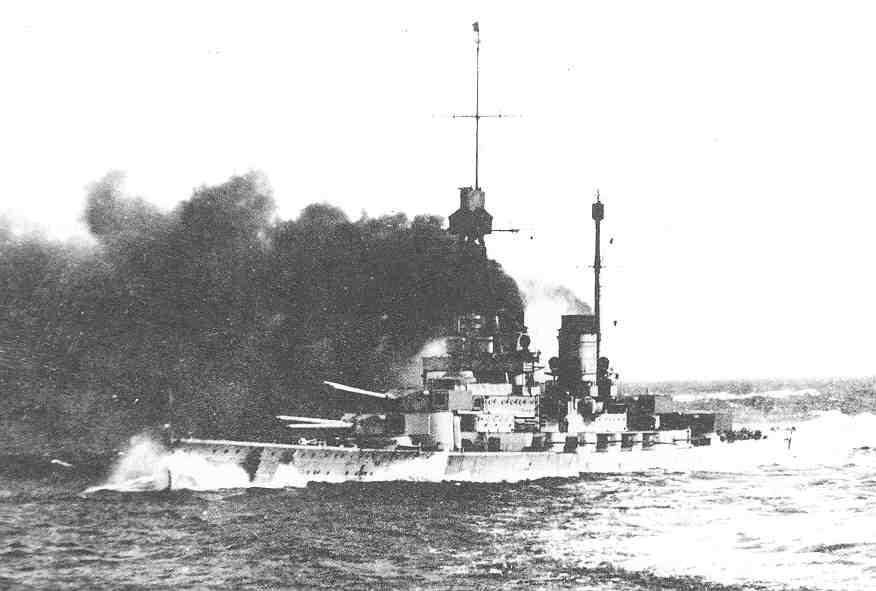PHOENIX INVESTMENT ARMS -
PREMIUM COLLECTOR LUGERS
Genuine German
Luger - Largest Variety of Lugers Offered
Home | Post WWI DWM | Erfurt Lugers | Mauser | Simson Suhl | Krieghoff | Vickers, Ltd | Swiss Bern | Other Guns
Bottom of Page
|
|
This is a 1917 DWM (Deutsche
Waffen und Munitions Fabriken) Imperial Navy This
piece is a 6
inch (150mm) barreled 9mm Parabellum with the Navy adjustable rear sight
and matching Navy magazine. The DWM
monogram markings appear on the 1st toggle link and the extractor is
marked 'Geladen' (Loaded). This example has
all matching serial numbers. The thumb safety is marked "Gesichert" and when exposed (safety down)
means safe. (1894) |
 |
|
Along with the all-matching gun is the full leather complement for a "Imperial Navy" rig; holster, shoulder straps, stock, loading tool and proofed cleaning rod. |
|
NOTE: Photographs taken today with the high mega-pixel camera show more than we sometimes can see with the human eye. Magnified close-ups show us tool marks and natural surface conditions that one normally doesn't see in the ordinary handling of the weapon. Photographs are copyrighted, all rights reserved, any extraction, reproduction or display of gun pictures without the express consent of the Phoenix Investment Arms is strictly prohibited. Thank you for your cooperation. Please visit Legal (tabbed) for Conditions of Sale. |

